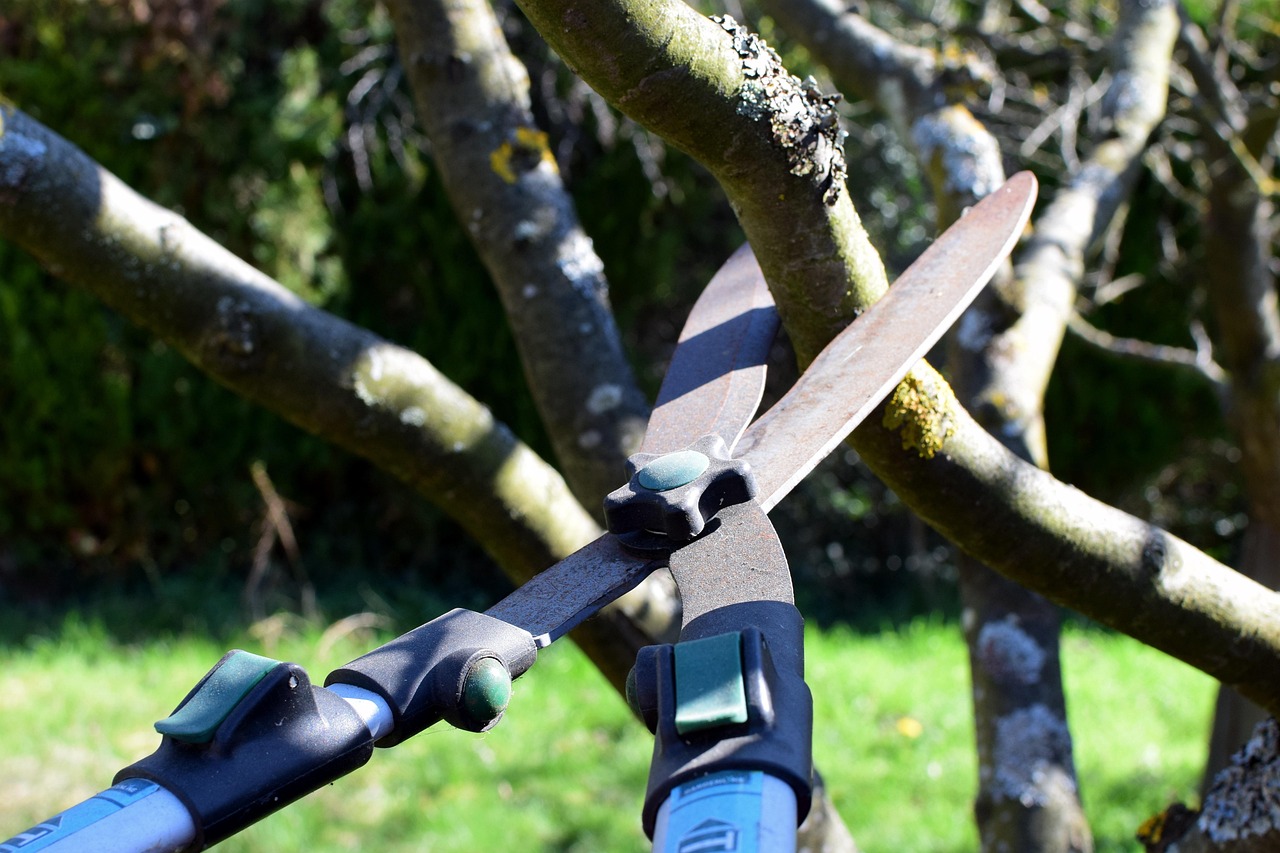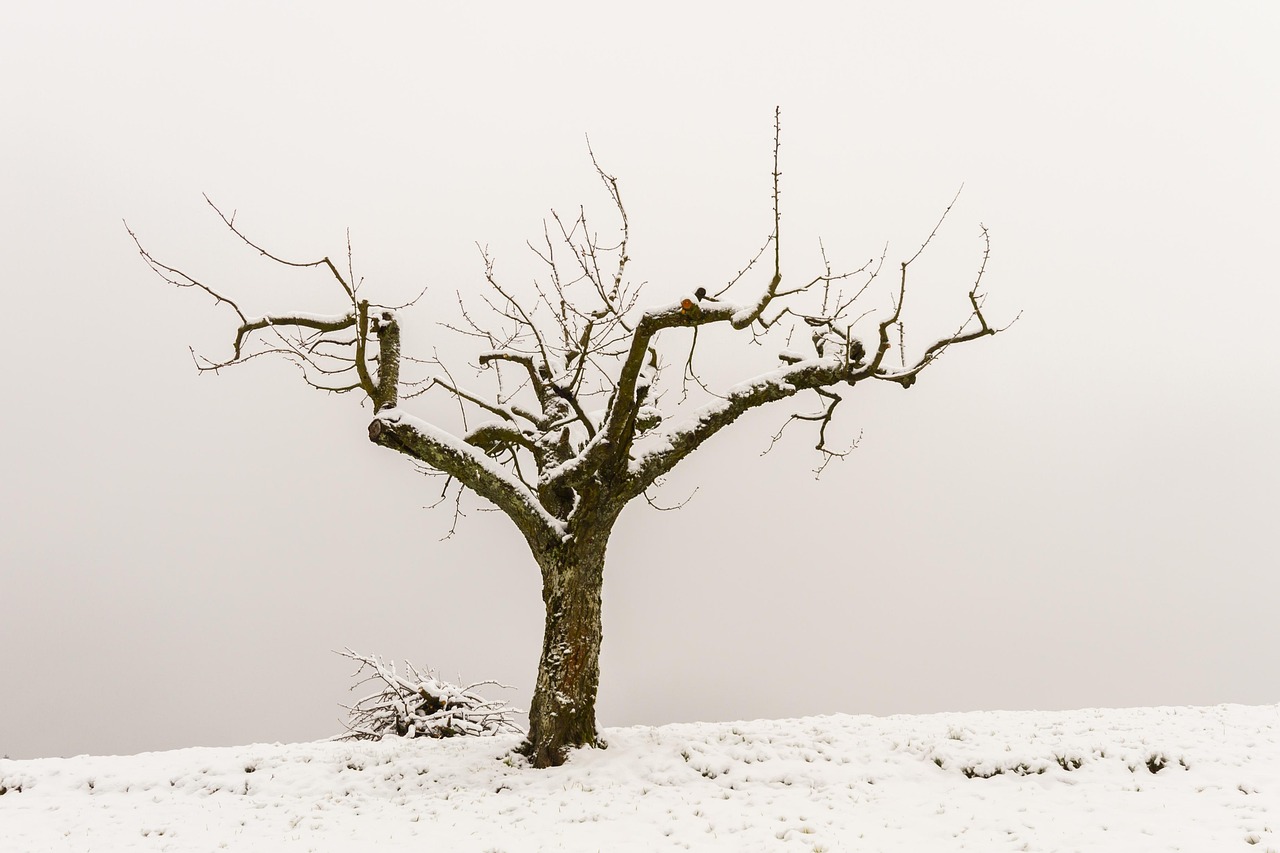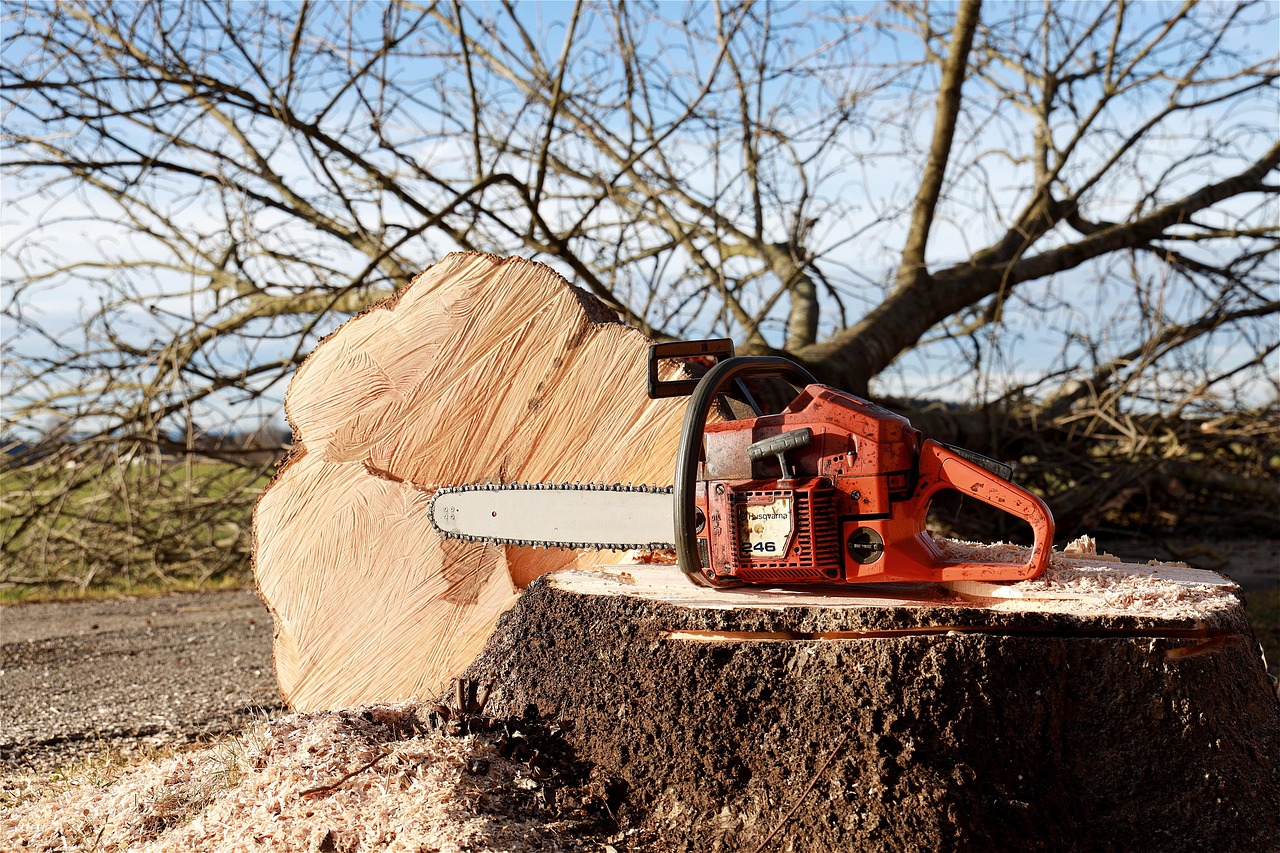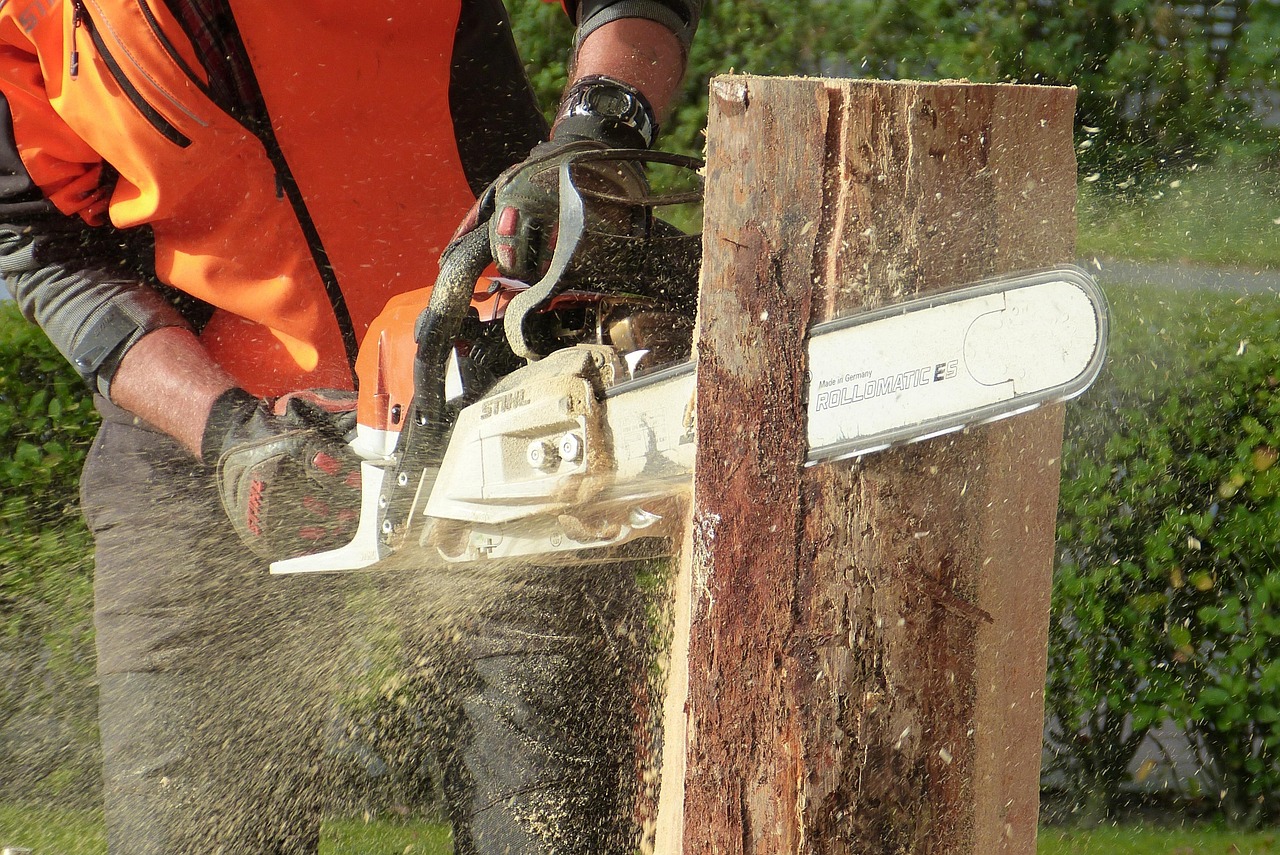Tree pruning methods to reduce shade and density include thinning, crown reduction, and selective pruning. These techniques enhance light penetration and air circulation while maintaining the tree’s health and structure.
Pruning is a vital part of tree care. It involves cutting away dead or overgrown branches to encourage healthy growth. Many homeowners and landscapers prune trees to manage shade and density. Excessive shade can hinder the growth of grass and other plants underneath. Similarly, dense foliage can trap moisture, leading to fungal diseases.

Understanding various pruning methods helps in selecting the right approach for specific tree species and landscape needs. Each method serves distinct purposes, from improving aesthetics to increasing sunlight access. Here are some common tree pruning methods:
Common Tree Pruning Methods
Tree pruning methods can be categorized based on their objectives. The primary goals include reducing density, enhancing health, and shaping the tree. Below are some widely used techniques:
- Thinning: This method involves removing entire branches to improve light penetration and air circulation. It helps reduce the weight on branches and lowers the risk of breakage.
- Crown Reduction: This technique reduces the overall size of the tree’s canopy. It is especially useful for large trees that cast excessive shade. Care must be taken to maintain the tree’s natural shape.
- Selective Pruning: Selective pruning focuses on removing specific branches that may be diseased or damaged. It helps improve the overall health of the tree without drastically changing its appearance.
- Deadwooding: This method involves removing dead or dying branches. It is crucial for preventing pest infestations and diseases from spreading.
Choosing the right pruning method depends on various factors such as tree species, size, and the desired outcome. Proper timing is also important. Pruning at the wrong time can stress the tree and hinder its growth.

Understanding Tree Anatomy
To effectively prune a tree, it’s essential to understand its anatomy. Key parts of a tree include:
| Tree Part | Description |
|---|---|
| Roots | The underground part that anchors the tree and absorbs water and nutrients. |
| Trunk | The main stem that supports the branches and leaves, providing structural stability. |
| Branches | The extensions from the trunk that support leaves, flowers, and fruit. |
| Leaves | The parts that carry out photosynthesis, converting sunlight into energy for the tree. |
Understanding these components aids in making informed decisions during pruning. For example, cutting too many branches can affect the tree’s ability to photosynthesize efficiently.
When to Prune Trees
Timing is critical when it comes to tree pruning. The best time to prune largely depends on the type of tree and its growth cycle. Most trees benefit from pruning in late winter or early spring before new growth begins. However, some trees may require different timing:

- Deciduous Trees: Prune during dormancy to minimize stress and promote healthy growth.
- Evergreen Trees: Late spring to early summer is ideal for pruning evergreens, as this allows for new growth to develop.
- Flowering Trees: Prune flowering trees after they bloom to avoid cutting off next year’s flowers.
Each tree species has its own growth patterns, so understanding these nuances is crucial for effective pruning.
Tools for Tree Pruning
The right tools are essential for successful pruning. Using appropriate equipment ensures clean cuts and promotes faster healing. Here are some common tools used in tree pruning:
- Hand Pruners: Ideal for small branches and delicate pruning tasks.
- Loppers: Best for thicker branches that are difficult to cut with hand pruners.
- Saws: Necessary for larger branches; a pole saw is useful for high branches.
- Pruning Shears: Useful for precise cuts, especially in tight spaces.
Maintaining sharp tools is equally important. Dull tools can cause jagged cuts, leading to increased risk of disease.

In summary, understanding various tree pruning methods, their timing, and appropriate tools is essential for effective tree management. This knowledge not only enhances the aesthetic appeal of your landscape but also promotes healthy tree growth and vigor.
Benefits of Tree Pruning
Tree pruning offers numerous advantages that extend beyond aesthetics. Regular pruning helps maintain tree health, improves safety, and enhances the overall landscape. Here are some key benefits of effective tree pruning:
- Improved Health: Pruning removes dead or diseased branches, which can harbor pests and diseases. This promotes better overall health for the tree.
- Enhanced Growth: By reducing density, pruning encourages new growth. Trees can allocate energy more effectively, leading to stronger and healthier branches.
- Increased Sunlight: Cutting back dense foliage allows more sunlight to reach lower branches and grass below. This contributes to better growth for other plants in the area.
- Safety: Regular pruning reduces the risk of falling branches, which can pose hazards during storms or high winds. Keeping trees well-maintained protects property and people.
- Aesthetic Appeal: Pruned trees look more attractive, contributing to a well-kept landscape. This can increase property value and improve curb appeal.
Understanding Growth Patterns
To maximize the benefits of pruning, it is important to understand how trees grow. Different species exhibit unique growth patterns. Knowing these patterns helps in determining the best approach to pruning. Here are some common growth patterns:
| Growth Pattern | Description |
|---|---|
| Apical Dominance | This refers to the tendency of a tree to grow taller from the top bud, leading to a more vertical structure. |
| Lateral Growth | Some species focus on side branch growth rather than height, leading to a bushier appearance. |
| Layered Growth | This pattern involves multiple layers of branches, often seen in mature trees. |
Understanding these patterns allows for targeted pruning techniques that suit specific tree types. For instance, trees exhibiting apical dominance may require careful crown reduction to maintain balance.
Pruning Techniques for Different Tree Types
Different tree species respond uniquely to pruning techniques. Knowing the appropriate methods for various types enhances effectiveness. Here are some examples of suitable techniques for different tree groups:
Deciduous Trees
Deciduous trees, which lose their leaves in winter, often benefit from late winter or early spring pruning. Recommended techniques include:
- Crown Thinning: This method involves selectively removing branches to improve light penetration and air circulation.
- Heading Cuts: Shortening branches to encourage bushier growth is effective for many deciduous species.
Evergreen Trees
For evergreen trees, which retain foliage year-round, timing is crucial. Prune these trees during late spring or early summer. Suggested methods include:
- Tip Pruning: This technique involves cutting the tips of branches to encourage denser foliage.
- Crown Reduction: Reducing the overall size of the canopy helps manage shade and maintain shape.
Flowering Trees
Flowering trees require specific care to ensure blooming. The best time to prune these is right after flowering. Recommended techniques include:
- Deadheading: Removing spent flowers encourages more blooms and prevents seed formation.
- Selective Pruning: Focus on cutting back crowded branches to enhance flower production and improve air circulation.
Common Mistakes in Tree Pruning
While pruning can be beneficial, mistakes can lead to damage or hinder growth. Here are common errors to avoid:
- Over-Pruning: Removing too much foliage can stress the tree and reduce its ability to photosynthesize.
- Poor Timing: Pruning at the wrong time can interfere with growth cycles and flowering.
- Neglecting Tools: Using dull or inappropriate tools can cause jagged cuts and invite disease.
- Ignoring Tree Structure: Not considering the natural shape of the tree can lead to an unnatural appearance.
Avoiding these mistakes ensures that pruning remains beneficial and promotes healthy tree growth.
Seasonal Considerations for Pruning
The seasons play a critical role in determining when to prune. Understanding seasonal changes helps in planning effective pruning schedules. Here’s a seasonal overview:
- Winter: Dormant season is ideal for most deciduous trees. Minimal stress occurs when cuts are made during this time.
- Spring: As growth begins, light pruning can stimulate new growth while ensuring health.
- Summer: This is a good time for maintenance pruning on evergreens and flowering trees after blooms.
- Fall: Avoid heavy pruning in fall as trees prepare for dormancy; light maintenance may be acceptable.
By aligning pruning activities with seasonal changes, tree health enhances and growth becomes optimal.
Advanced Pruning Techniques
While basic pruning methods are effective for most tree care needs, advanced techniques can further enhance tree health and aesthetics. These specialized methods require a deeper understanding of tree biology and growth patterns. Below are some advanced pruning techniques that can be employed:
Espalier Pruning
Espalier pruning involves training trees to grow flat against a support structure, such as a wall or trellis. This method is popular for ornamental trees and fruit-bearing species. Key benefits include:
- Space Efficiency: Espaliered trees take up less ground space, making them ideal for small gardens.
- Enhanced Sunlight Exposure: The flat growth allows for better sunlight penetration to all parts of the tree.
- Aesthetic Appeal: This technique creates visually striking patterns and shapes in the landscape.
To create an espalier, select a suitable tree species and begin training it as a young plant. Regular pruning and tying branches to the support structure will maintain the desired shape.
Coppicing
Coppicing is a method where trees are cut back to ground level to promote new growth from the base. This technique is typically used on hardwood species and offers several advantages:
- Rapid Growth: New shoots emerge quickly, providing dense foliage.
- Renewable Resource: Coppiced trees can be harvested every few years for wood without damaging the root system.
- Wildlife Habitat: The dense growth supports various wildlife species.
Coppicing is best performed during the dormant season to minimize stress on the tree. It is important to monitor the growth to ensure that it remains healthy and vigorous.
Pollarding
Pollarding is similar to coppicing but involves cutting branches back to a specific height on mature trees. This technique helps manage tree size while promoting new growth above the cut line. Key benefits include:
- Height Control: Pollarding keeps trees at a manageable height, which is useful near buildings or roads.
- Improved Light Access: It allows light to penetrate the canopy, benefiting understory plants.
This technique should be done every few years to maintain the desired height and encourage fresh growth. Pollarding is commonly used on species such as willows and oaks.
Understanding Tree Response to Pruning
When pruning, it is vital to understand how trees respond to cuts. Trees react in several ways, which can influence future growth and health:
Callus Formation
After a cut is made, trees begin to form callus tissue around the wound. This tissue helps seal off the cut, protecting it from pathogens and pests. Proper cuts encourage faster callus development. Here are some important points about callus formation:
- Clean Cuts: Using sharp tools ensures smooth cuts that heal faster.
- Avoiding Topping: Topping can lead to excessive callus formation and weak regrowth.
Tree Growth Hormones
Trees produce hormones like auxins that regulate growth in response to pruning. Understanding these hormones can help in managing tree growth effectively:
- Auxins: These promote upward growth and are concentrated in the tips of branches. When tips are removed, lower buds may start growing.
- Cytokinins: These hormones promote lateral growth and are found in roots and young leaves. Their increase can enhance bushiness after selective pruning.
Stress Response
Pruning can induce stress in trees, affecting their health and ability to thrive. To minimize stress, consider the following guidelines:
- Limit Pruning Amount: Avoid removing more than 25% of the tree’s canopy in one season.
- Prune at Optimal Times: As discussed earlier, prune during the appropriate season for each tree type.
By understanding tree responses, you can make more informed decisions regarding pruning practices that encourage healthy growth.
Safety Considerations While Pruning
Tree pruning involves certain risks. To ensure safety during the process, adhering to best practices is essential. Here are some key safety tips:
- Wear Protective Gear: Use gloves, goggles, and sturdy footwear to protect yourself from falling branches and sharp tools.
- Use Proper Ladder Safety: If using a ladder, ensure it is stable and positioned correctly. Never overreach when on a ladder.
- Check for Electrical Lines: Always inspect the area for overhead power lines before beginning work on taller trees.
- Work with a Partner: Having someone assist you can improve safety by providing help in case of an emergency.
By following these safety measures, you can minimize risks associated with tree pruning and ensure a safer working environment.
Eco-Friendly Practices in Tree Pruning
As awareness of environmental issues grows, eco-friendly practices in tree pruning are becoming increasingly important. Sustainable pruning not only benefits the trees but also supports the broader ecosystem. Here are some eco-friendly considerations to keep in mind:
- Organic Practices: Avoid using chemical sprays or treatments on tree wounds. Instead, utilize natural remedies to promote healing and deter pests.
- Composting Cuttings: Use pruned branches and leaves as mulch or compost. This reduces waste and returns nutrients to the soil.
- Wildlife Considerations: Be mindful of nesting seasons. Avoid pruning during spring when birds are nesting, as this can disturb their habitats.
- Diversity in Planting: Incorporate a variety of tree species into your landscape. This diversity supports local wildlife and enhances ecosystem resilience.
By adopting these eco-friendly practices, you contribute to a healthier environment while maintaining the beauty and health of your trees.
Understanding Local Regulations
Before undertaking tree pruning, it’s essential to understand local regulations regarding tree care. Many municipalities have specific rules related to tree maintenance, especially for protected species or trees located in public areas. Here are some key points to consider:
- Permits: Some areas require permits for significant pruning or removal of trees. Check with your local government or arborist for guidelines.
- Protected Species: Certain trees may be protected by law. Pruning these trees without permission can lead to fines.
- Public Spaces: If trees are located on public property, contact the appropriate authorities before proceeding with any work.
Familiarizing yourself with these regulations helps ensure compliance and protects both you and the environment.
The Role of Professional Arborists
While many homeowners can manage basic tree pruning, there are instances when hiring a professional arborist is advisable. Certified arborists possess specialized knowledge and training in tree care. Here are some reasons to consider professional assistance:
- Expertise: Arborists understand tree biology and growth patterns, ensuring that pruning is done correctly and safely.
- Advanced Techniques: Professionals can apply advanced techniques like crown restoration or hazard assessment that require expertise.
- Insurance and Liability: Hiring a certified arborist typically includes insurance that protects against accidents or damage during the job.
Investing in professional services can save time and potentially prevent costly mistakes in tree care.
Conclusion
Tree pruning is an essential practice for maintaining healthy trees and enhancing the landscape. Understanding various methods, timing, and safety precautions ensures effective results while minimizing risks. By implementing eco-friendly practices and being aware of local regulations, you can manage your trees responsibly and sustainably.
The benefits of proper tree pruning extend beyond aesthetics; they promote healthier growth, improve safety, and enhance biodiversity in your landscape. Whether you choose to prune your trees yourself or hire a professional arborist, being informed about the best techniques will lead to better outcomes for your trees and the environment.
In the end, tree care is not merely about reducing shade and density; it is about fostering a thriving ecosystem that benefits both nature and the community. With the right knowledge and practices, you can ensure that your trees remain healthy, beautiful, and sustainable for years to come.
